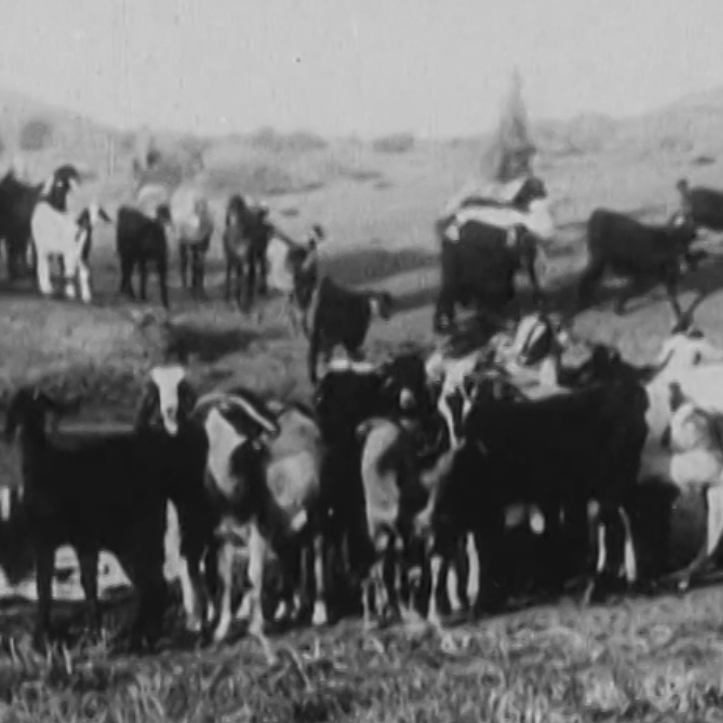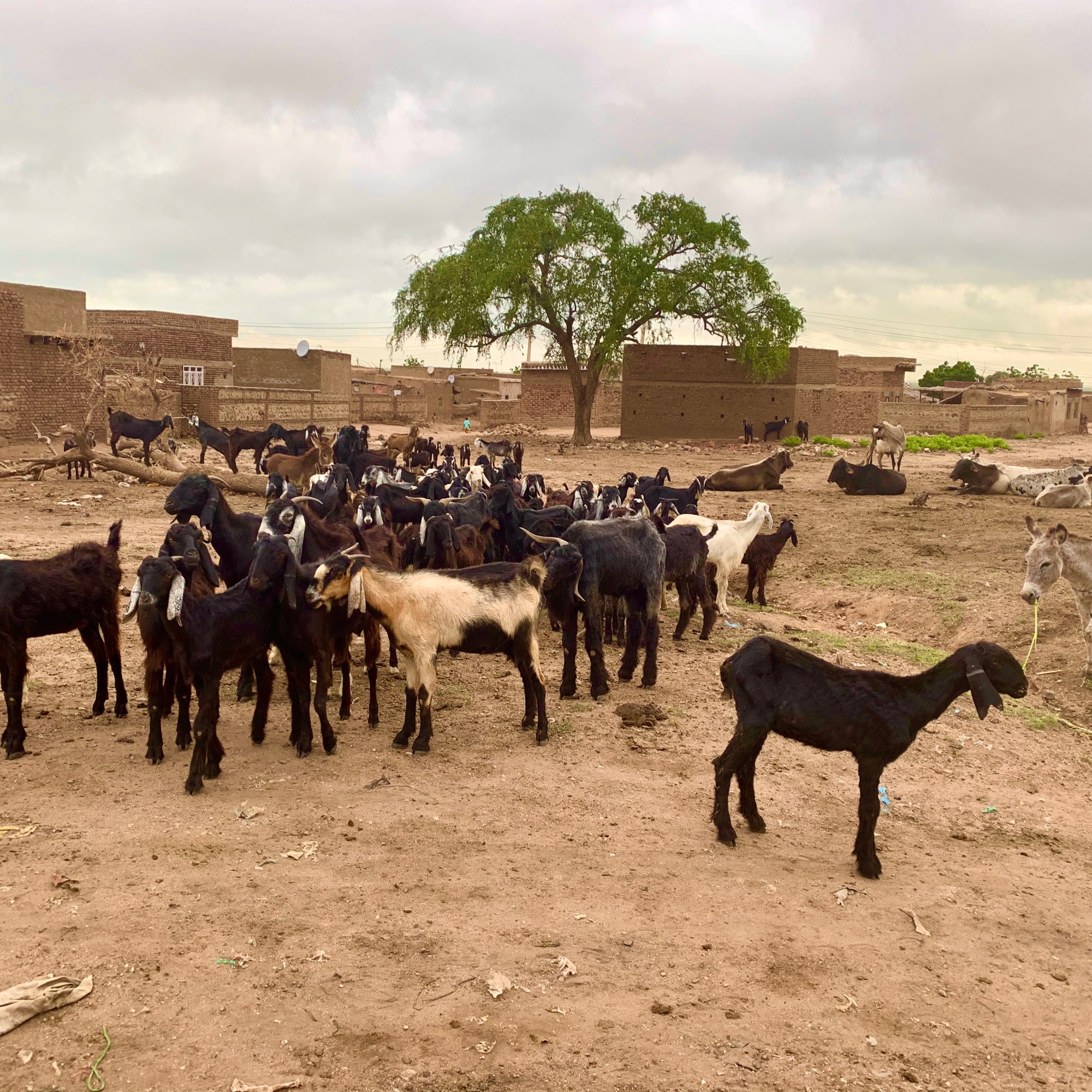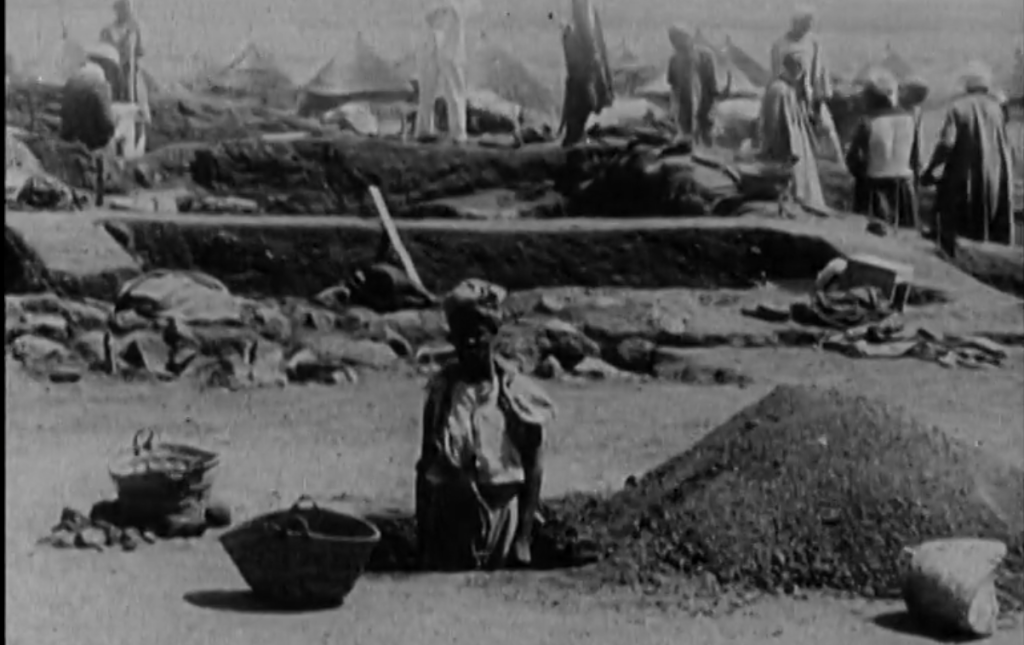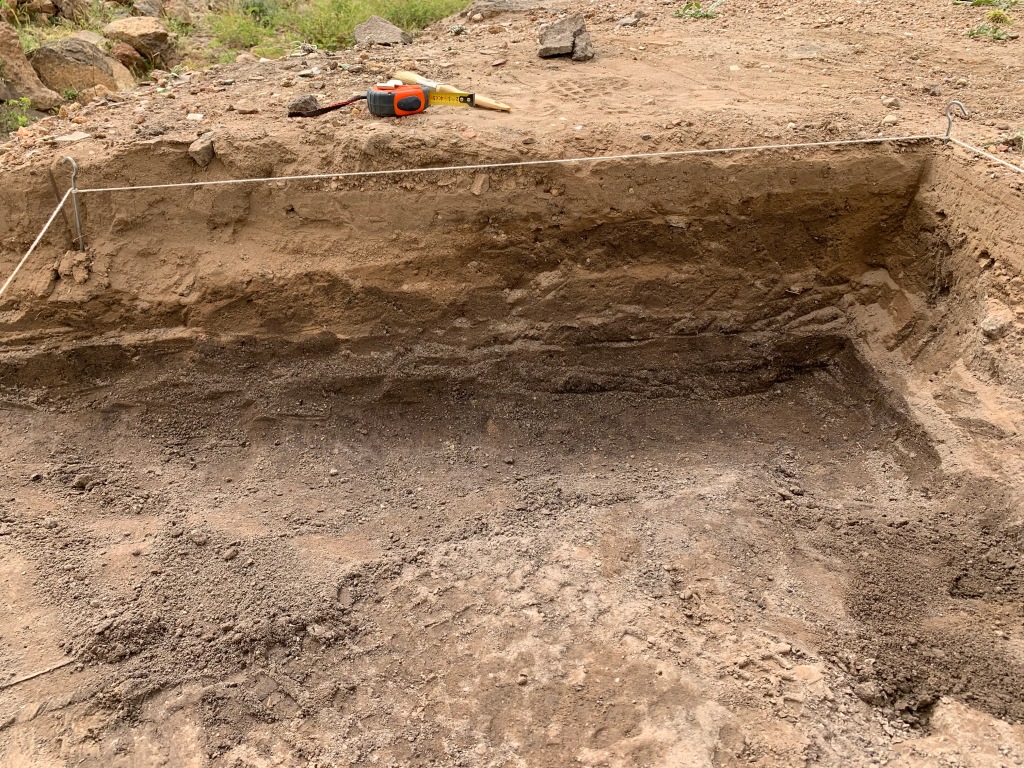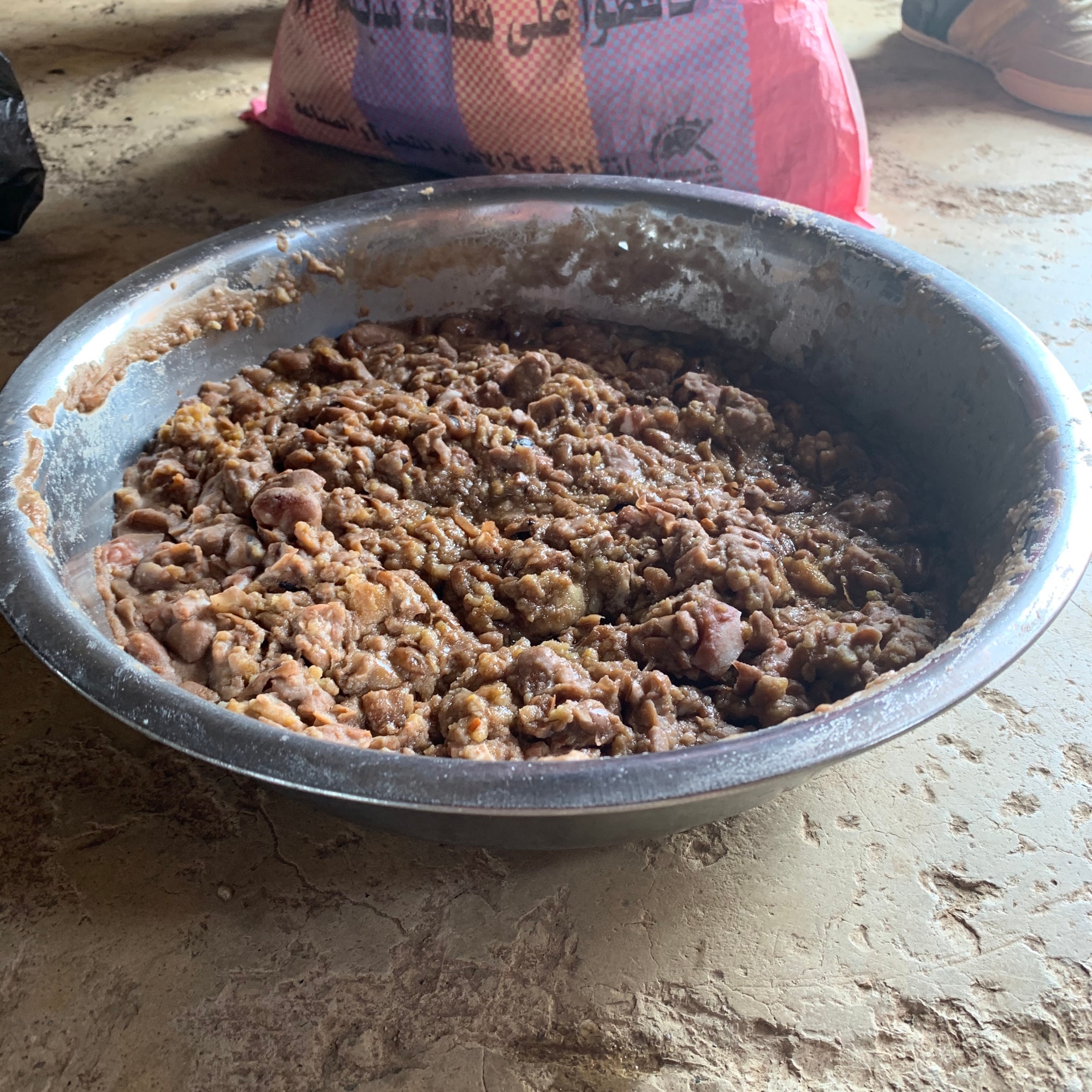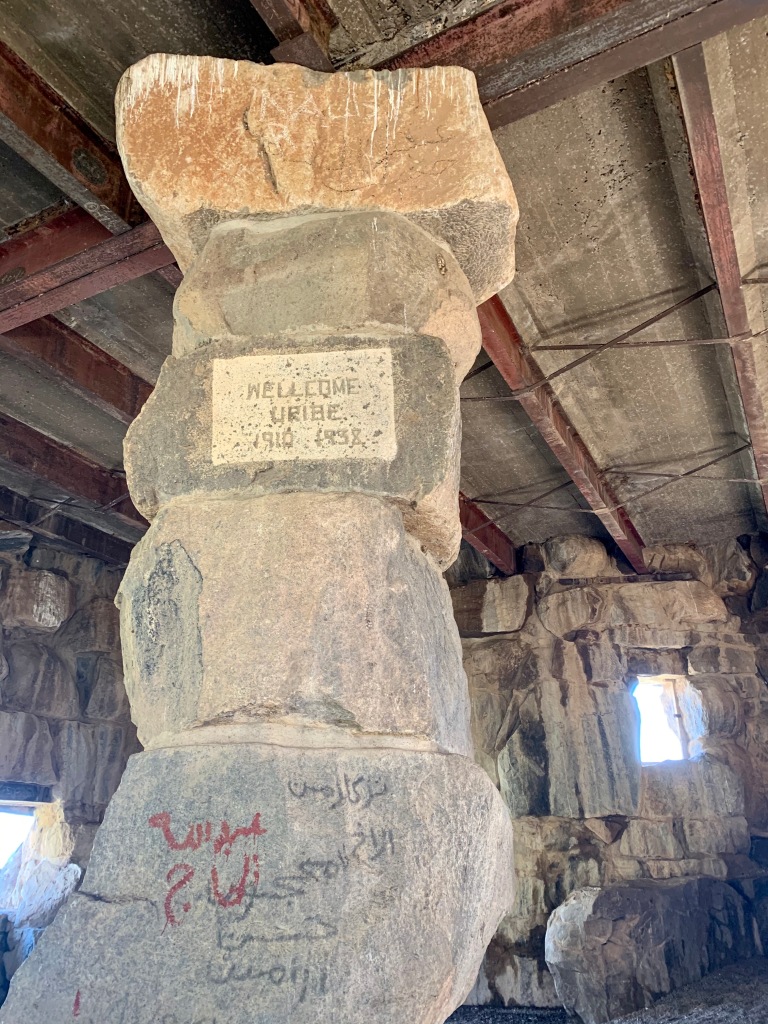As archaeologists we like to be thorough in what we do. Gone are the days of shovels, and the vast majority of us spend many hours carefully doing our jobs, generally while battling heat or rain and sometimes both at once. But no sensible archaeologist believes that we retrieve or keep “everything”. What is everything, anyway?
Henry Wellcome was so focused on being the best at whatever he did that he frequently missed the wood for the trees, or in this case the practicalities of archaeology. On the one hand, he wanted to collect multiples of everything to create a vast museum of humanity. This proved to be impossible, for reasons that were obvious to everyone but him. Equally, he was determined to preserve everything on the field. You might think that this was rather noble of him, but as always the story is much darker.
Whether he was busy with his museum or his dig, he did not much care how the objectives were achieved as long as he got his way. In practice, it meant making life downright impossible for many people. On the field, he instituted a series of punishments for anyone caught throwing away even the most innocuous of body sherds (and he had a series of punishments for all sorts of perceived infractions). The harsher penalties were directed towards the Sudanese workers, not the Europeans and Americans. One might think he was simply trying to be careful, but he happily ignored many of the basic field conventions of the time and his workers brought to light a staggering amount of burials. The aim was to collect as much as possible, driven by ideas of a grand narrative that would change the world and show him as a champion of science and knowledge.
The mega museum of humanity never happened. After his death, plenty of objects were sold off or sent to a number of museums in the U.K. and beyond – yes there was that much material and it was stored in multiple warehouses. The Jebel Moya material was also dispersed. Some of it was outright discarded by Addison and Kirwan while they prepared the site report. Allegedly they discarded body sherds but then a number of decorated sherds turned up in leafy Middlesex. The mystery was solved by Martin Biddle. Turns out they had sent the sherds to be destroyed but an enterprising landscape gardener used them as foundation debris for garden paths.
Going through the Wellcome archives, it is clear that Henry demanded perfectionism from everyone. He also craved ownership over knowledge, whether it relates to pharmaceuticals or archaeology. He went about the latter by essentially throwing money at the project, coupled with a long list of demands. He liked to give the impression that he got his own way, especially on the field. Till now it was clear that he did not always get his own way, albeit nobody dared defy him openly. I wonder what he would have made of Addison and Kirwan’s decision.
This season, though, we realised that people found ways to defy him on the field. It’s funny – reading Oric Bates’ personal diary it’s clear that archaeologists found him very trying. Duncan MacKenzie found it impossible to deal with Wellcome and spent much of his time at Sagadi and Dar el Mek and like many others did not last beyond one season at Jebel Moya. But this year we realised that Wellcome was also defied on the field. We knew where many of the old spoil heaps were located (incidentally folks, please mark these clearly in your own work – future archaeologists will thank you and raise a glass in your honour). But this season a number of them were exposed as a result of rain and erosion. And what did we find? Defiance. That’s what we found.




Here’s one of the old spoil heaps. Note the huge amount of archaeological material – animal bones, pot sherds and much more. The amount of material is staggering. In all honesty, I could not help but smile wryly when I saw it. Part of me is sad at the amount of information that has been lost, particularly when it comes to faunal remains. The more practical part of me selected a number of objects to use in the reference collection and the community museum.
The more time I spend working at Jebel Moya, the more I learn about the Wellcome excavations, Wellcome himself and the history of the Anglo-Egyptian Sudan. And of course it is impossible to do archaeology in Sudan (and many other places!) without dealing with the British Empire. At a time when there is a growing far right and pro imperialist narrative, I am rather pleased to see that part of the story is told via the spoil heap.
The current expedition is led jointly by archaeologists from UCL, the University of Khartoum and NCAM. It is made possible by the generous support of the British Institute for Libyan and Northern African Studies. More information about their very valuable work can be found here.

